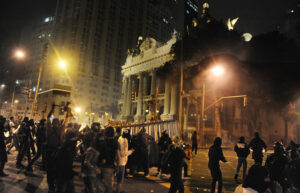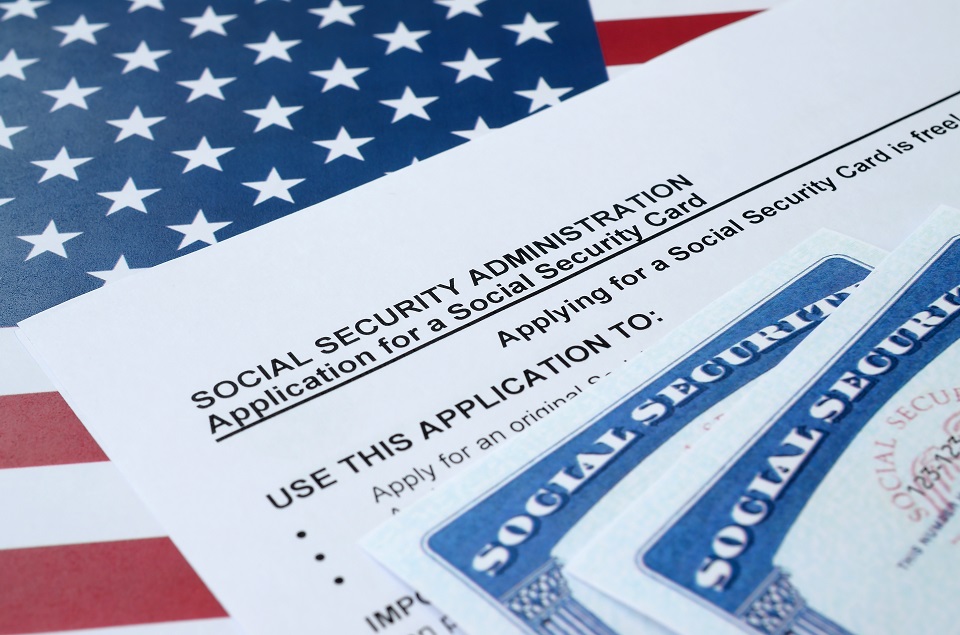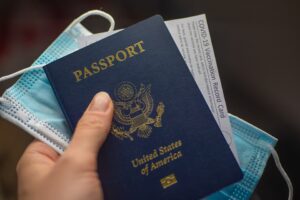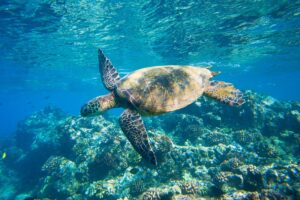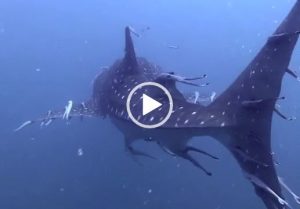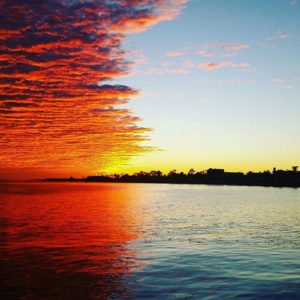
A micronation is a piece of land, either geographical or hypothetical, that claims to be a sovereign state—but isn’t. By the most bare-bones definition, this means all you have to do to create one is declare that you’ve done so. If you want to get fancy about it, you can also design your own passport, currency, regalia, and/or other accoutrements of statehood. Badgering the United Nations for recognition is optional, but by definition, micronations aren’t formally recognized by other countries or international bodies.
Some micronations are serious attempts driven by political ideology, while others are more like practical jokes. By some accounts, over 400 currently active micronations now exist. Here are 6 of the most interesting from the past few decades:
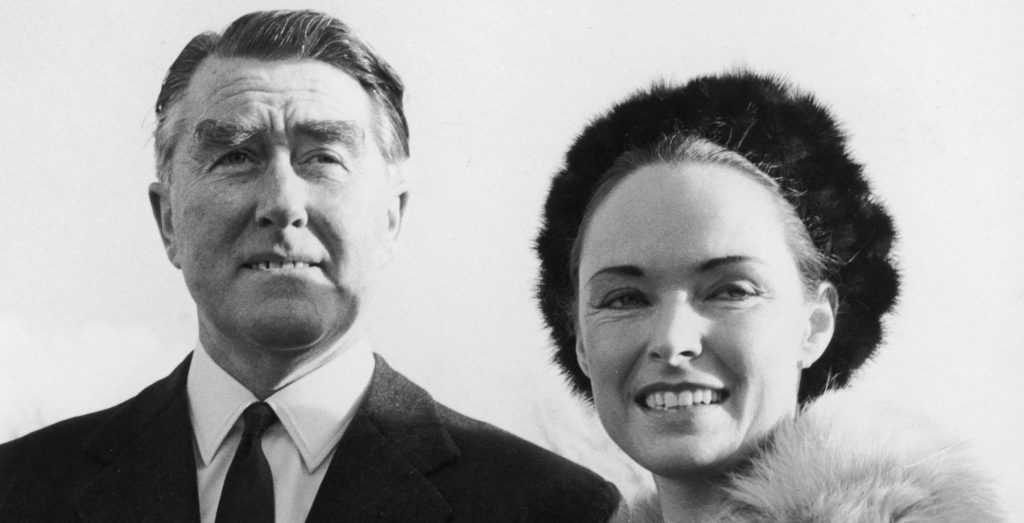
PADDY ROY BATES – PRINCIPALITY OF SEALAND
One of the world’s more successful micronations was founded in 1967 on an abandoned former World War II anti-aircraft gun platform about seven miles off the coast of England. Former British Army major Paddy Roy Bates originally occupied the 120-by-50-foot platform in 1966 to transmit pirate radio broadcasts, and later declared it his own nation: The Principality of Sealand.
Today, Sealand continues its radio broadcasts and has also become an online data haven. Since 1999, it’s been ruled by Bates’ son, Prince Michael, and boasts its own chapel, prison, flag, currency, stamps, national anthem, and passports, as well as a strained relationship with Great Britain, which doesn’t recognize its existence but has mostly left it alone. It also sells royal titles.

LEICESTER HEMINGWAY – REPUBLIC OF NEW ATLANTIS
On July 4, 1964, Leicester Hemingway, younger brother of writer Ernest Hemingway, declared that half of an 8-by-30-foot bamboo raft in international waters off the coast of Jamaica was his own country: New Atlantis.
Hemingway claimed to derive his authority from the U.S. Guano Islands Act of 1856, which authorized U.S. citizens to take possession, on behalf of the U.S. government, of any unoccupied “island, rock, or key” on which a deposit of guano was found. (Guano, or bird excrement, was then considered a valuable commercial fertilizer.) Hemingway declared that half his “island” now belonged to the U.S. government, while the other half was reserved for New Atlantis.
Hemingway hoped to run a marine research society funded by profits from selling New Atlantis stamps, but things didn’t turn out as he’d hoped. The Universal Postal Union refused to recognize his country or the stamps, and the raft was destroyed by storms a few years later, its remains pillaged by fishermen.

Source: https://commons.wikimedia.org/
JEREMIAH HEATON – KINGDOM OF NORTH SUDAN
In 2014, Virginia farmer Jeremiah Heaton claimed a plot of land between Sudan and Egypt, Bir Tawil, as his own country so that he could declare his 7-year-old daughter a princess. His daughter declared herself delighted, but no governmental entity has recognized their claim. A somewhat controversial film was said to be in development about their story; as of 2021, no such movie exists.
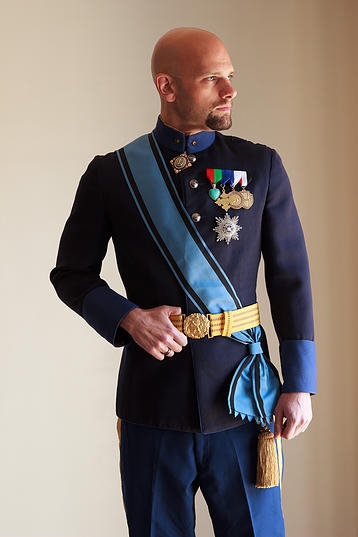
TRAVIS MCHENRY – THE REALM OF CALSAHARA
The Realm of Calsahara (a portmanteau of “California” and “Sahara”) can be found about three hours by car outside of Los Angeles. The micronation is ruled by one Travis McHenry, who declared the 9.5-square-mile tract of land a sovereign nation in 2009. Their currency is bulgur.

ERIC LIS – AERICAN EMPIRE
Founded by a 5-year-old Canadian boy in 1987, this state refers to itself as “the Monty Python of micronationalism.” According to The New York Times, the inhabitants of this primarily Internet-based micronation “worship a being known as the Great Penguin.”
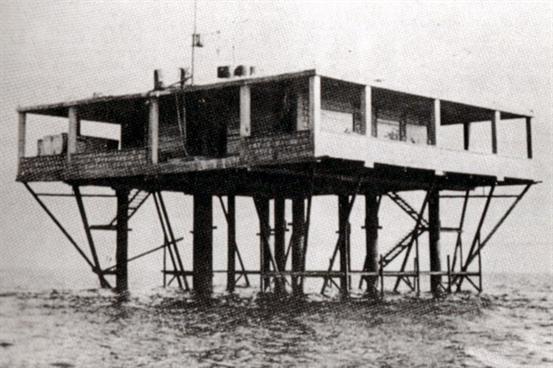
Source: https://en.wikipedia.org/
GIORGIO ROSA – REPUBLIC OF ROSE ISLAND
The Republic of Rose Island—known officially by its Esperanto title Insulo de la Rozoj—flourished briefly in 1968 after it was created on an artificial island in the Adriatic Sea by Italian architect Giorgio Rosa. For a while, the platform operated its own restaurant, nightclub, and souvenir shop. The Italian government saw it as a bid to draw tourist money without paying taxes, and destroyed it with explosives the following year.











